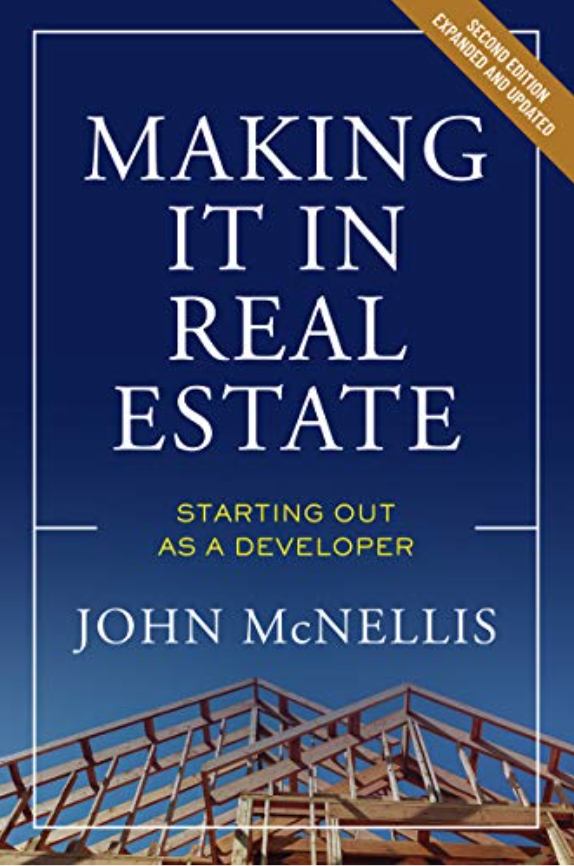Revisiting Crowd Funding and Its Opportunities
The crowd funded real estate (CFRE) industry is now a rush-hour subway car. Almost too numerous to list, the competitors in this nascent business appear as alike as bees in a hive. This won’t, however, be a long-term problem; just as there were over 1,800 American car manufacturers in the early 20th century and a child’s handful now, the madding crowd will soon thin out.
When last considering CFRE, I took a measured approach to the industry, writing, “Short of looting your 401(k) to invest in the lottery, it could be the worst financial strategy ever.” (A Great Year to Unload Crap January 2014). Times have changed…a little. One approach to crowd funding has evolved to a point where quality sponsors may actually use it, thus providing the investing public with the possibility of reasonable investments.
That said, should you ever put your mother’s nest egg into any deal offered by a developer you don’t know, have never heard of and will never meet? No. If he makes his offer by way of a slick Web page—that is, through a CFRE platform—is it any better? No, it’s arguably worse; he’s even further removed from you.
If you’re determined to buy real estate for your mother, buy her shares of a publicly-traded real estate investment trust (REIT) instead. The REIT industry has averaged annual returns (dividends and stock appreciation) of more than 10 percent over the last thirty years. And, say what you like about the wolves of Wall Street, they know what they’re doing. If they take a company public, you can bet it has a decent track record, its management team is experienced and its properties are mostly as reported. While no guarantee of success, publicly-traded REITs undergo much more scrutiny than any CFRE offering ever will.
And REIT shares are liquid—you can always sell them today. With crowd funding, you’re in financial Guantanamo Bay—you’re not getting out until they let you out. Finally, remember the one-word key to investing: diversification. Prologis, the world’s largest industrial REIT, has 2,900 warehouses spread over 21 countries. The loss of even a small country’s worth of its warehouses would be a rounding error on its balance sheet.
CFRE is the antithesis of diversification—you buy into one deal. CFRE’s pitch is simple: through it, you can direct your investment into a specific project; you buy into a property you know (say, an office or apartment building in your home town) or one with curb appeal. And that is CFRE’s appeal—you can touch your investment. We all like to touch.
Implicit in this pitch is that you, the canny investor, can underwrite a deal—that is, fully understand an investment’s risks and rewards—from the materials posted on a Web site.
You can’t.
Or at least we can’t. We tried to decide whether a shopping center investment offered by one such crowd funding provider was a good deal or bad; despite the exhaustive and fair due diligence material the company posted, we couldn’t. The numbers looked good, the pictures were pretty, the deal to the investors seemed fair, but a close reading of the information left us wondering whether the property would ever increase in value as projected or, for that matter, even hold its current value.
To truly understand any shopping center’s prospects, one would have to spend a day at the property and—in addition to all of the physical inspections—speak with each of its tenants, then visit the local planning department to find out what new competitive projects, if any, are in the works and whether any new roads are planned that would by-pass the center (this happened to us once). One would also have to vet not only the property’s income statements, but its tenants’ sales histories and delinquency reports. The drudgery goes on, but you get the idea.
I have a friend who buys companies internationally the way we buy local shopping centers. His far-flung holdings are in such wildly disparate businesses—they bear no relationship to one another—that I once asked him how he could possibly understand all of their intricacies. “I don’t,” he replied. “Except in a broad-brush manner, I don’t try to understand each business. Instead, I work hard to understand its management team. I underwrite the people. I know that if I’m dealing with top-quality managers, everything should work out.”
Commercial real estate is the same. You can’t underwrite it any better than a developer can do your job. Forget about trying to find the best investment—find the best people. The question is then: will the best people be found on crowd funding platforms? Yes, but only if CFRE provides them with easy access to competitively-priced equity.
Whether the “F” in CFRE will still stand for “Funded” when the next market correction rolls in remains to be seen, but if the industry can bring good sponsors to its investors, it just may survive.
Our next column will explore which crowd funding business model will do that.


